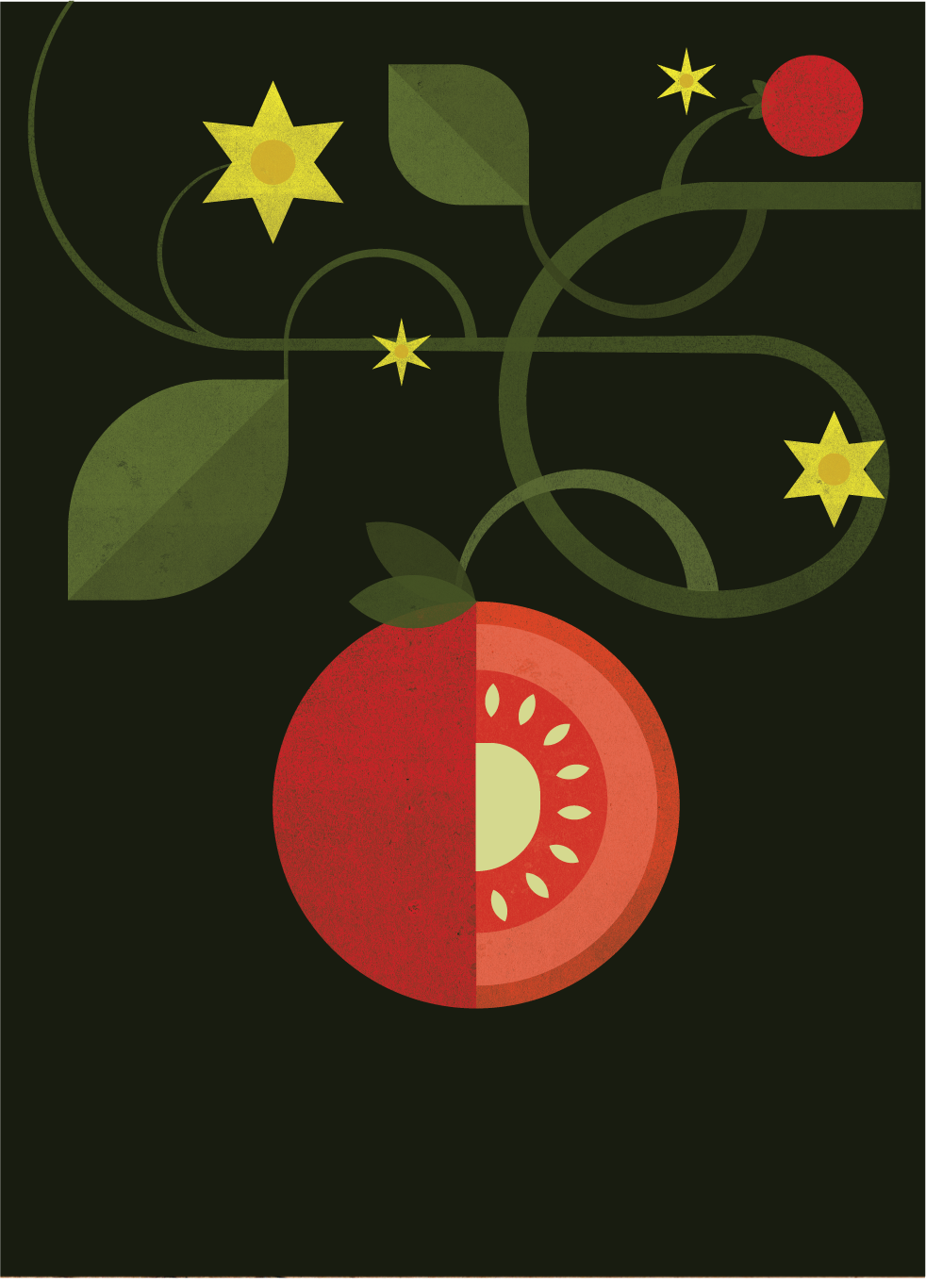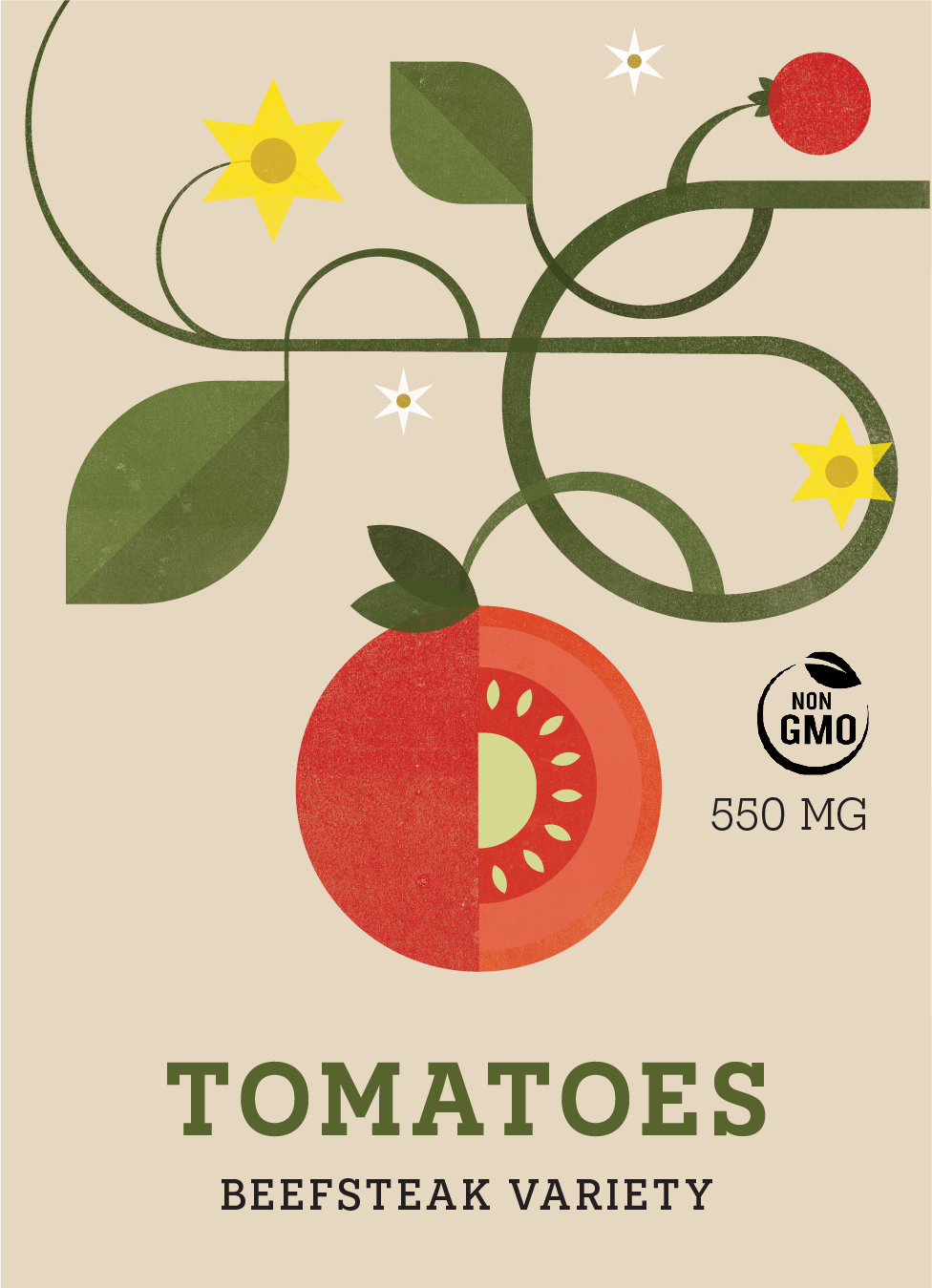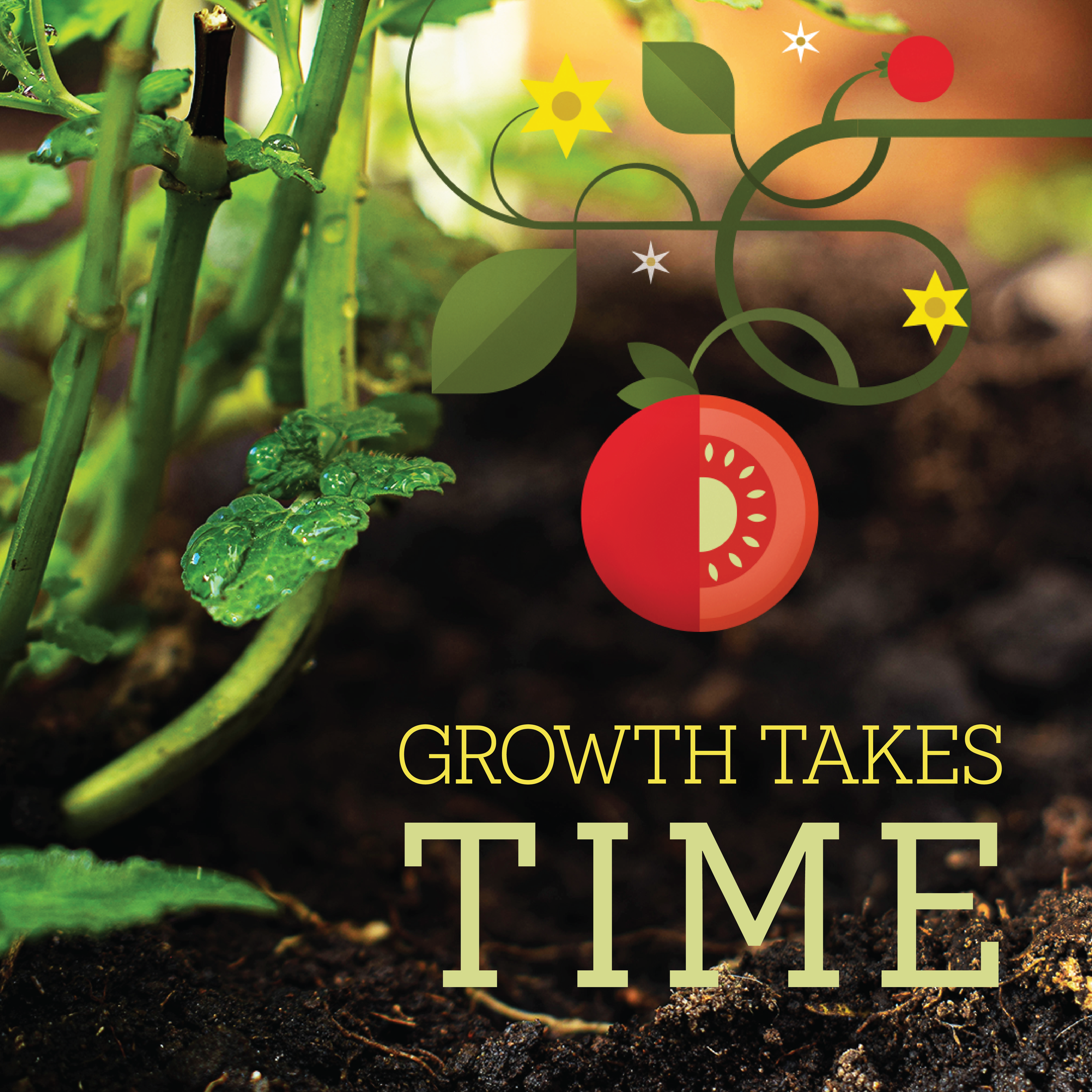Green Groove
Green Groove is an organization that sells sustainable and recycled products that decrease the use of plastic. This organization takes proceeds from purchases and uses them to donate to a non-profit of the buyer’s choice or to Green Groove itself to produce more products. In addition to the products themselves, Green Groove provides information on how to live more sustainably, find non-profits to donate to, and why it’s important that we use less plastic, reduce, reuse, and recycle.
Project Scope
Although human advancement has come very far, so has the use and disposal of many non-biodegradable materials and products that negatively affect living things around us, including our planet. Unfortunately, the biggest contributor to this waste is a combination of all the big companies that mass produce their products while doing it as cheaply as possible. Even though the average person is not creating that much waste, we should still be trying to reduce our production of non-biodegradable waste. According to sosfuture, “…statistics show that only 20% [of plastic] is recycled. Leaving 80% that are either buried or flushed into the ocean. There are only two ways that the 80% non-recycled plastic can break down. These are through photo-degradation and biodegradation”.
Target Demographic
The primary target audience is millennials and gen z’s that have the money to spare towards making a difference. This demographic would most likely be from an upper middle to upper class, as these alternatives to plastic cost more than plastic. From a survey released in the Journal of Cleaner Production, “The first survey had a nationwide adult sample of 12,098 across all adult generations in 2019 and 2020, and it found that those between the ages of 18 and 30 were far more likely to value and practice sustainable behaviors, such as paying more for sustainably developed products.” Although the age range would be closer to this demographic, everyone should be willing to make a change.
Research
Creating a non-profit organization focused on preservation and sustainability requires careful research and planning. To begin my journey, I spent many hours reading about the various challenges facing the environment and the ways in which non-profits are addressing them. I studied the missions and values of existing non-profit organizations and researched successful strategies for fundraising, marketing, and outreach.
I delved into the latest scientific research, industry reports, and news articles to gain a comprehensive understanding of pressing environmental issues facing our planet. Through this research, I gained a deep understanding of the challenges and opportunities involved in creating a successful non-profit organization focused on preservation and sustainability. I also developed a clear vision for my organization, with a focus on promoting sustainable practices, protecting natural habitats, and fostering awareness of the importance of environmental conservation.
Process
My first step in the process of creating my non-profit organization focused on sustainability and preservation was research and studying unique art styles. I knew that in order to make an impact and create an organization that truly reflected my values and vision, I needed to have a solid foundation of knowledge and understanding.
In addition to research, I also spent time moodboarding to explore different design styles, color palettes, and visual elements that aligned with my vision and mission. By collecting images and ideas that resonated with me, I was able to develop a visual language that represented my non-profit in a unique and impactful way.
Deliverables
• 1 logo design
• 1 microsite, including an info page, donation page, and shop
• 3 reusable bag designs
• 9 Instagram tiles
• 5 seed packet designs
• 1 shampoo/conditioner bar design
• 1 brochure
Objectives
• To independently research, design and produce a logo, packaging for sustainable products, and a website for Green Groove, a non-profit organization.
•. To study illustration styles based on basic shapes and stylization.
• To implement prior understanding of design concepts and newly discovered study into branding, artwork, package design, typography, and layout of all components.
• To continuously self-critique designs during the entire process in order to increase work quality.
• To assimilate critique and translate it into quality designs.
• To provide a consistently designed project that demonstrates thorough planning and knowledge of the fundamentals of design.
• To present a well-formatted and detail-oriented project.
Seed Packets and Process

Rough

Comp

Final






Recycled Canvas Tote Bags with Ocean Themes



Shampoo and Conditioner Bars


Instagram Puzzle Tiles









Brochure




